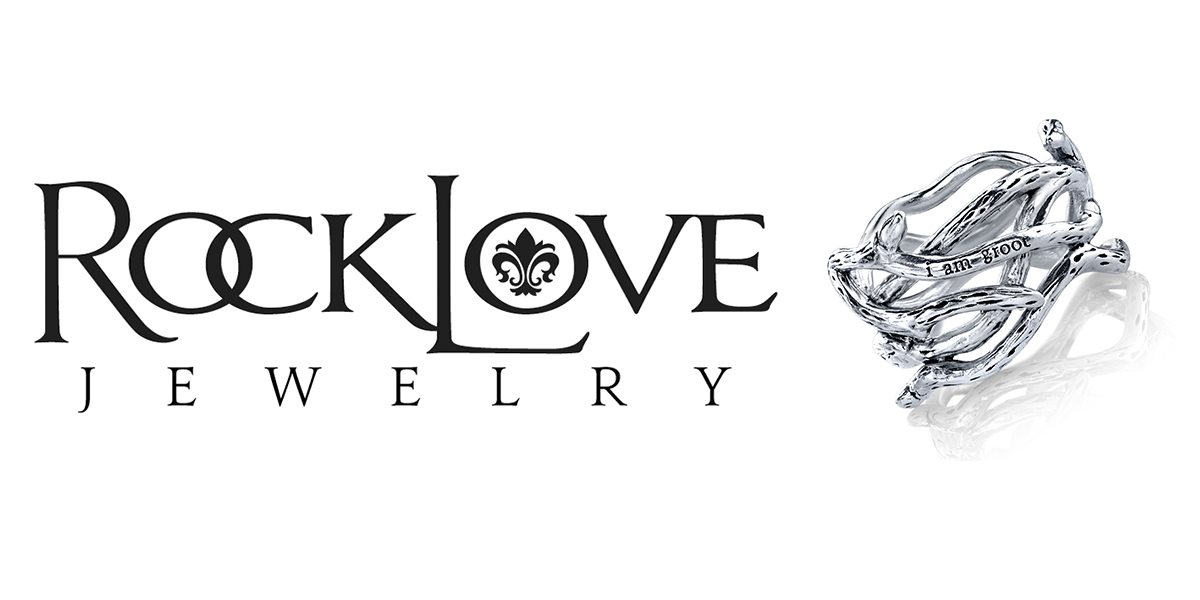
For hundreds of years corsets pushed breasts up from underneath while compressing the torso, not helpful for breathing or digestion but essential for fashion.
Then women like Herminie Cadolle, Marie Tucek, Mary Phelps Jacob, and Ida Rosenthal (and yes, several men as well) started innovating. According to Uplift: The Bra in America, “Women held almost half of the more than 1,230 U.S. patents awarded for breast supporters between 1863 and 1969.” The complex thinking required to improve on fit, versatility, and support created successful businesses such as International Latex Corporation, also known as Playtex.
That brassiere company had a few lessons to teach the aerospace industry. NASA’s early efforts to design a space suit for manned missions ran up against rigid thinking. The prototypes were rigid as well, more like cumbersome tin cans than clothing. None of them were workable. So in 1962 NASA asked private companies to create a suit that could withstand the demands of walking on the moon. Proposals were submitted by eight companies. Only one was new to the aerospace industry: ILC. Long familiar with products that provided support with structure, ILC proposed a clothing-style suit with rubberized flexible joints that protected astronauts while allowing freedom of movement. ILC was awarded the contract to build the A7L suit with 21 handcrafted layers that performed interrelated functions.
These suits weren’t made in a factory. ILC seamstresses who normally spent their days sewing bras, girdles, and rubber diaper pants were selected to assemble them. As Nicholas de de Monchaux, author of Spacesuit: Fashioning Apollo, explains in an interview with Txchnologist,
They had to sew to a 1/64th of an inch tolerance without using any pins. So there was no question that it was kind of a couture handicraft object versus something made according to more conventional military industrial principles.
Some of the seamstresses sent themselves into space too by writing their names within one of those layers. Many of the same women made U.S. space suits right up to the space station era.
Now, why did it take less time to figure out how to lift human beings into space than it took the fashion industry to free women from corsets?


